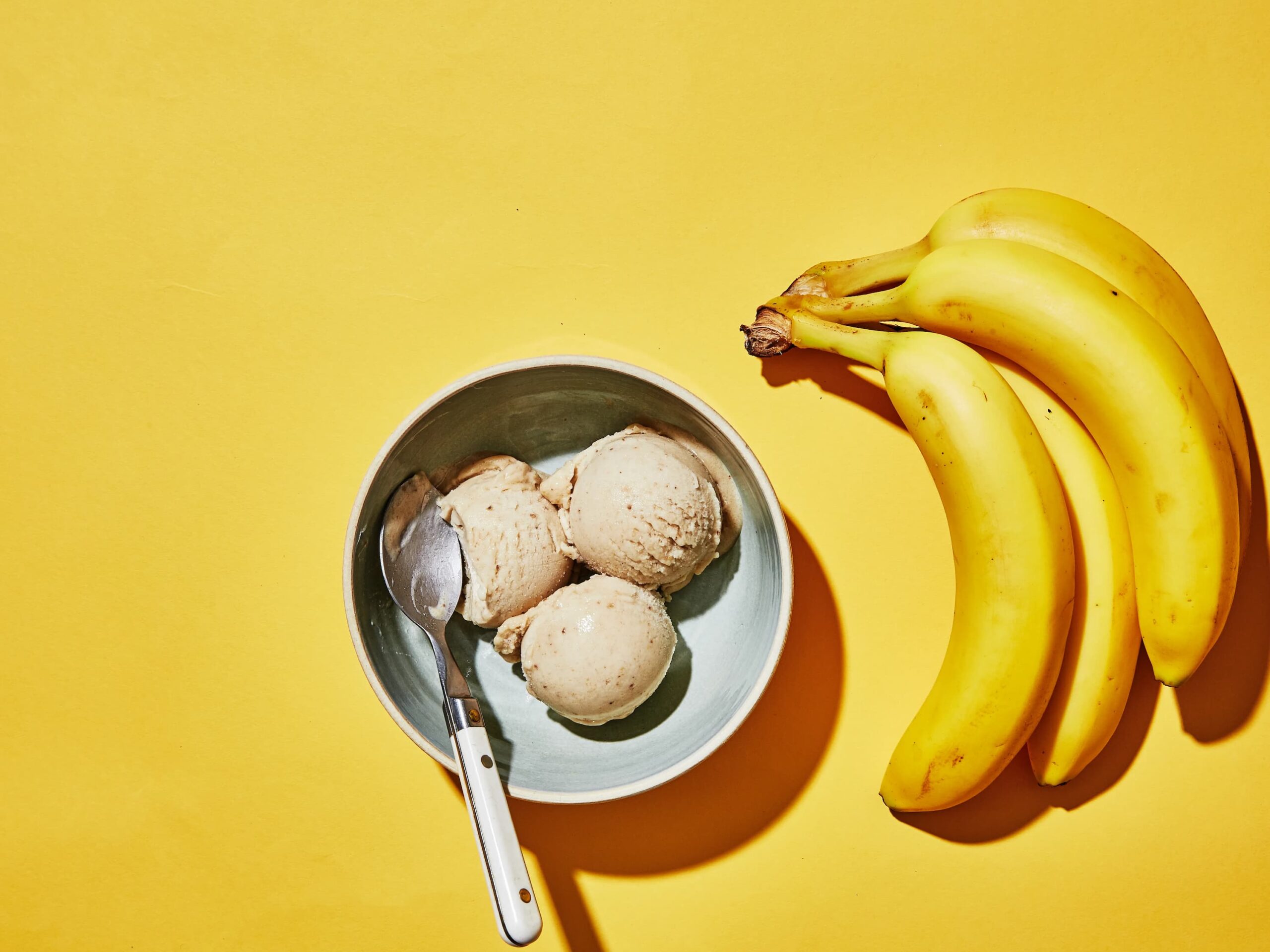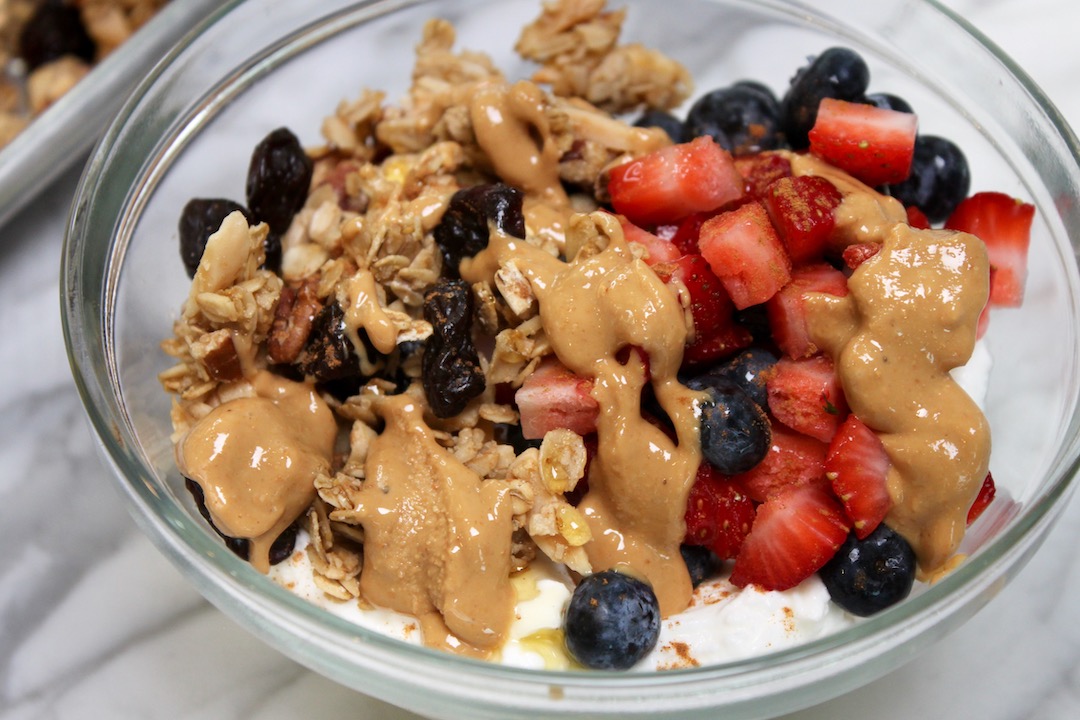When it comes to weight loss, the key to success isn’t just about cutting calories or doing intense workouts—it’s about creating a sustainable meal plan that you can stick with long-term. Fad diets and extreme restrictions may offer quick results, but they’re often hard to maintain and can lead to burnout or even weight regain. A sustainable meal plan is about balance, enjoyment, and making gradual changes that fit your lifestyle.
In this post, we’ll explore how to create a meal plan that not only helps you lose weight but also keeps you feeling satisfied and nourished. Let’s dive into the steps to make it happen!
1. Start with Your Goals
Before you begin planning your meals, it’s important to define your weight loss goals. Are you looking to lose a specific amount of weight or improve your overall health? Maybe you want to focus on building lean muscle or increasing your energy levels. Having clear goals in mind will help guide your food choices and portion sizes. Remember, weight loss is a marathon, not a sprint, so focus on slow and steady progress.
2. Balance Your Macronutrients
A sustainable meal plan includes a balance of macronutrients—proteins, fats, and carbohydrates. Each of these plays a vital role in keeping your body energized and your metabolism working efficiently.
- Protein: Helps build muscle, supports metabolism, and keeps you full longer. Include lean proteins like chicken, turkey, fish, tofu, or legumes in your meals.
- Fats: Healthy fats are essential for brain health and hormone regulation. Incorporate sources like avocado, olive oil, nuts, and seeds.
- Carbs: Carbohydrates fuel your body, but focus on complex carbs like whole grains, vegetables, and fruits, which provide fiber and keep you fuller for longer.
Balancing these nutrients ensures your body gets what it needs to function properly while supporting weight loss.
3. Portion Control is Key
Even with healthy foods, portion sizes matter. Overeating can slow down your weight loss progress, so it’s important to control how much you’re eating. Use measuring tools like cups or a food scale to get an idea of appropriate portion sizes. Another simple method is the “plate method”:
- Fill half your plate with non-starchy vegetables (like spinach, broccoli, or carrots).
- One-quarter of your plate should be lean protein (like grilled chicken or tofu).
- The remaining quarter can be filled with healthy carbs (like quinoa, sweet potatoes, or whole grains).
By keeping your portions in check, you can enjoy satisfying meals without going overboard on calories.
4. Focus on Whole, Unprocessed Foods
One of the best ways to create a sustainable meal plan is to focus on whole, nutrient-dense foods. These are foods that are minimally processed and packed with vitamins, minerals, and fiber. Whole foods keep you fuller for longer and help reduce cravings for unhealthy, processed snacks.
Some examples of whole foods to include in your meal plan are:
- Fresh fruits and vegetables
- Whole grains like oats, brown rice, and quinoa
- Lean proteins such as eggs, chicken, and fish
- Healthy fats like nuts, seeds, and olive oil
By making whole foods the foundation of your meals, you’ll not only lose weight but also support your overall health and well-being.
5. Plan Your Meals Ahead of Time
Meal planning isn’t just about what you eat, but when and how you eat it. Planning your meals ahead of time can save you from last-minute unhealthy choices. Set aside time each week to plan your meals and snacks, and prepare ingredients in advance if possible.
Here are some meal planning tips:
- Batch cooking: Cook large portions of meals like soups, stews, or casseroles that you can portion out and eat throughout the week.
- Prepping ingredients: Wash and chop veggies, cook grains, or marinate proteins ahead of time so you can quickly assemble meals during busy days.
- Use a meal planner: Write out your meals for each day to stay organized and on track with your goals.
Planning ahead helps you make healthier choices and prevents impulse eating.
6. Include Snacks Wisely
Snacking can be part of a sustainable meal plan—as long as you choose healthy, portion-controlled options. Instead of reaching for chips or candy, opt for snacks that offer nutritional value and help keep hunger at bay between meals.
Some great snack ideas include:
- A handful of almonds or mixed nuts
- Greek yogurt with fresh berries
- Carrot sticks with hummus
- Apple slices with peanut butter
Snacking smart helps keep your energy levels steady and prevents overeating at meal times.
7. Stay Hydrated
Sometimes, our bodies mistake thirst for hunger, leading us to eat more when all we really need is water. Make sure you’re drinking enough fluids throughout the day, aiming for at least 8 glasses of water. Staying hydrated supports your metabolism, improves digestion, and helps curb unnecessary snacking.
You can also add herbal teas or sparkling water to mix things up and stay hydrated in a way that feels satisfying.
8. Be Flexible and Realistic
A sustainable meal plan allows room for flexibility and indulgence. It’s okay to enjoy a treat or eat out occasionally—balance is key. The goal is not to deprive yourself but to create a plan that you can realistically maintain. If you slip up, don’t stress! Just get back on track with your next meal. Long-term success comes from consistency, not perfection.
Wrapping It Up
Creating a sustainable meal plan for weight loss is all about balance, planning, and making gradual changes that fit your lifestyle. Focus on whole foods, portion control, and staying hydrated, and don’t forget to be flexible with yourself.
















